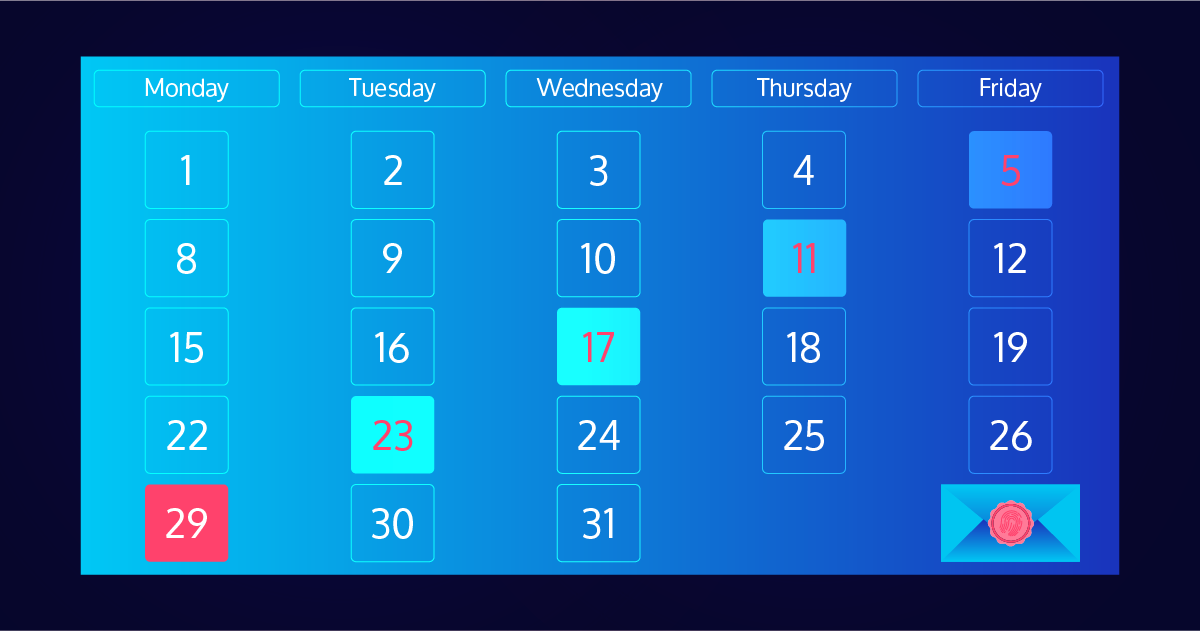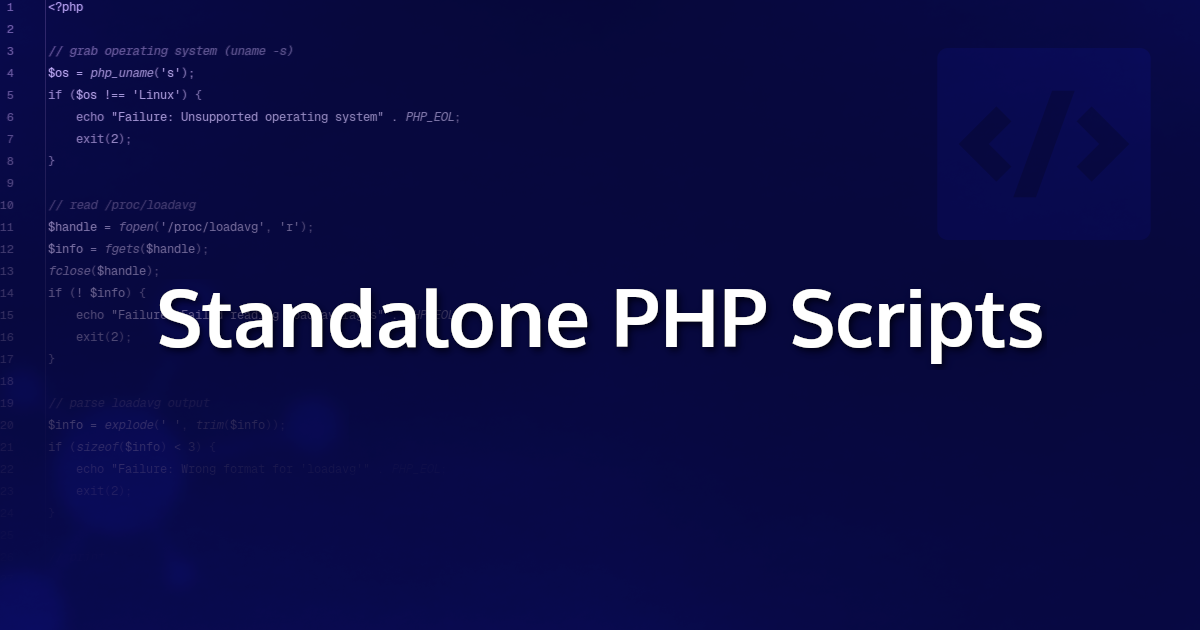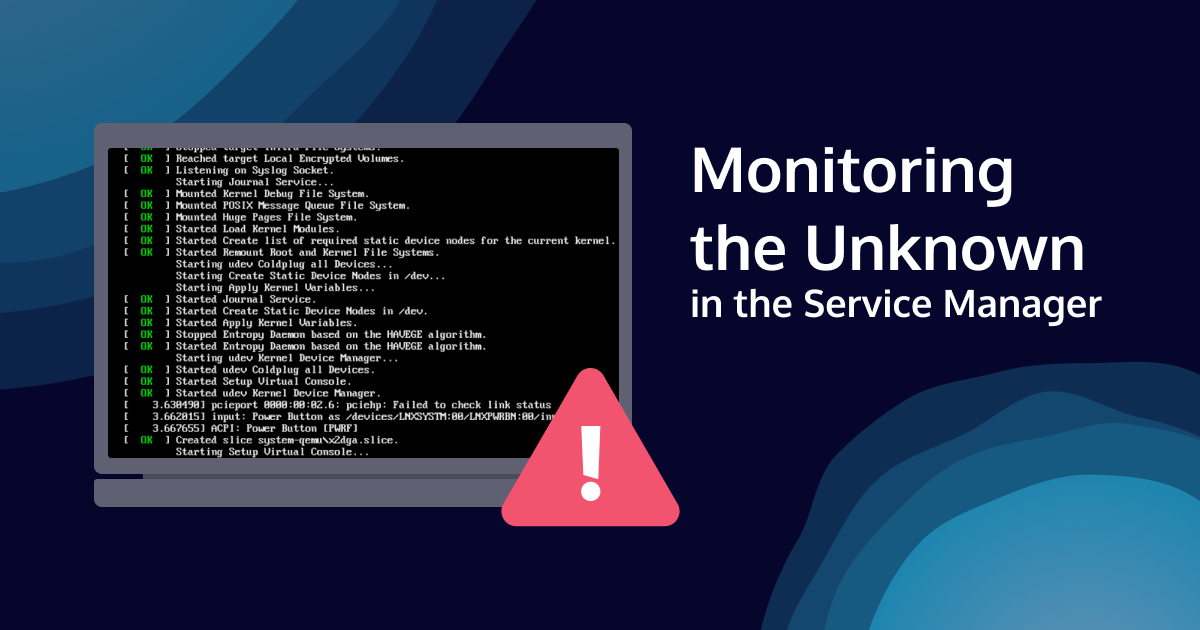A Fresh Take on Form Element Decorators Decorators have always been a powerful concept in Icinga Web’s form system — letting developers control how form elements are displayed without hardcoding...

Ipl-html: Introducing new Form Element Decorators
A Fresh Take on Form Element Decorators Decorators have always been a powerful concept in Icinga Web’s form system — letting developers control how form elements are displayed without hardcoding...

Using Icinga 2 on NixOS
I use NixOS by the way. And today I'm going to show you how to operate a simple Icinga setup using that operating system. I.e. a single node with checks and notifications. In contrast to Icinga Web 2 or Redis, NixOS provides an Icinga 2 package, but no module....

How to check CPU usage on Linux
When your Linux system feels sluggish, one of the first things to investigate is the CPU usage. The CPU (Central Processing Unit) is the brain of your machine, and if it’s overloaded, everything else slows down. In this guide, you’ll learn different ways to Linux...
Icinga Package Repository Key Rotation, 2024
Icinga uses it's own repositories to distribute installation packages for the Icinga software. Today, we're announcing the rotation of the GPG key used to sign our repositories and packages. Currently, our repository is signed with a 1024 bit DSA key. Key rotation is...
Icinga Notifications Web: Schedule configuration
A few weeks ago, we released the first beta version of the Icinga Notifications Web module. The Configuration tab provides the option to create schedules that can be used as recipients for notifications. What is a Schedule and how does it work? A schedule is a...
Getting Started With Icinga Notifications
Icinga Notifications and Icinga Notifications Web just celebrated their first beta release. This post will try to help you get started by explaining concepts and configurations.
Effective Monitoring Strategy: 10 Tips for Success
As a software developer in training at Icinga, I've learned a lot about the nuances and importance of monitoring systems. Effective monitoring is critical for maintaining the health, performance and security of any infrastructure or application. Here are ten essential...
Native Binaries with PHP
There is always a big debate about whether interpreted or compiled languages are more useful. I think it is important to look at the pros and cons. Both language types have their strengths and weaknesses. While interpreted languages are great for maintaining and...
Making Use of Previous State in Icinga2 Check Commands
When writing a custom check plugin for Icinga 2, there are situations where in addition to observing the current state of a system, taking the past into account as well can be helpful. A common case for this is when the data source provides counter values, i.e. values...
Monitoring the Unknown in the Service Manager
Nearly every operating system comes with at least one kind of service management. On a Unix-based operating system, this is historically part of the init system. While the specific tools have matured over time and there are changes between operating systems, they are...
Tutorial Videos on How to write your own Icinga Web module on YouTube!
Have you ever wanted to extend the functionality of Icinga Web to suit your specific needs, but didn't know where to start? Well, you're in luck! Last week, we released a series of tutorial videos on YouTube, hosted by Markus Opolka, Senior Consultant at NETWAYS,...
Icinga 2 API and debug console
Have you ever experienced configuration issues, such as notifications not being sent as expected or apply rules not matching all expected objects, probably due to an incorrectly set custom variable? Icinga 2 has several options to assist you in such situations. Last...

Subscribe to our Newsletter
A monthly digest of the latest Icinga news, releases, articles and community topics.










